improvement
pSB3K3 → BBa_K2491030 |
The goal of this improvement was to replace p15a origin of replication in pSB3K3 with the RK2 ori to generate a shuttle vector as a broad host range vector (i.e. can replicate in E.coli and other microorganisms).
The RK2 origin of replication is a broad-host-range plasmid belonging to the incP incompatibility group that can be maintained in a large number of bacteria. The minimal region for replication and maintenance consists of an origin of replication, oriV, and the plasmid replication initiator protein TrfA protein, that activates oriV. The copy number of RK2 is about 4-7 per cell in E. coli, 3 in Pseudomonas aeruginosa, and 4-7 in Agrobacterium.
By applying this change, many teams may now have a broad range, low-copy system for a two-plasmid system within a wide variety of bacterial strains. In future application, our polycistronic degradation plasmids may be applied to broad-host-range remediation applications depending on the condition with which the water being treated is in. Applying our two-plasmid system to a wide variety of strains, will introduce the possibility of increased efficiency for PAH degradation in many environmental situations. Some bacterial strains may also code for many more pathways that can be combined with our own in future biodegradation applications. The application, through our improvement of pSB3K3, of two broad-host-range plasmids serve to aid in the controlling unwanted bacterial byproducts by improving the ability to select expression in specific strains, to allow for selection of optimal bacteria in field situations, and to reduce the use of harmful bacterial strains that contain many of the pathways we isolated.







